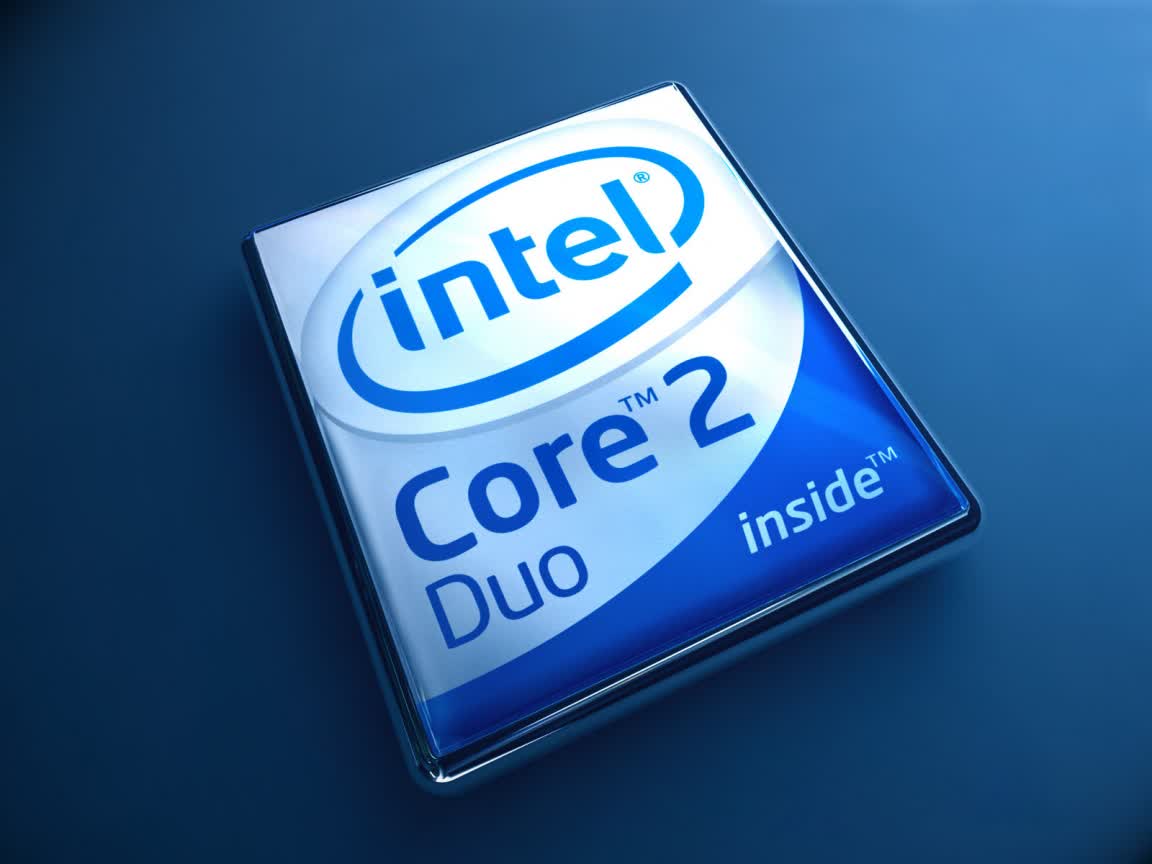After much hype and anticipation, the new Intel Core 2 Duo processors are now available in stores with prices starting at $180 all through $530. You can now also find motherboards featuring Intel's newest P965 Express chipset becoming more readily available starting at around $150, with the more exotic versions costing up to $250.
But it's not for nothing that such tremendous hype surrounded Intel's new CPUs release. As our test results will show later on, even the slowest Intel Core 2 Duo processor is significantly faster than more expensive Pentium D processors. Take the Pentium D 950 for example, this is a $250 processor whereas the newer Core 2 Duo E6300 will initially cost just $180. This means that a processor and motherboard combo featuring Intel's latest technology could cost $330, wiping the floor with previous Intel processors and at the very least matching those from AMD. The question is however, which of the four Intel Core 2 Duo processors deliver the best performance vs. price ratio?
All four Core 2 Duo processors we are testing today operate using a 1066MHz Front Side Bus (266MHz Quad Pumped). The E6700 is the flagship model running at 2.66GHz and featuring a 4MB L2 Cache. Then there is the Core 2 Duo E6600, which operates at 2.40GHz, also with a 4MB L2 Cache, probably making the best value/performance option of the entire Core 2 Duo series. The Core 2 Duo E6300 and E6400 processors feature a shared 2MB L2 Cache and come clocked at 1.86GHz and 2.13GHz. There is an 810MHz difference between the fastest and the slowest Core 2 Duo processors. Also out of our round-up but still worth a mention is the Core 2 Extreme processor that runs at 2.93 GHz, as with previous CPUs in the Extreme line, this model comes with an unlocked multiplier, however its $999 price tag puts it on a different level than the processors we are testing today.

In this article we will be exploring the differences between the four Core 2 Duo processors. How much effect clock frequencies drop have on the more affordable models, and the performance impact that comes from halving the L2 Cache from 4MB to 2MB. This will be done by running a range of real world gaming tests as well as some synthetic benchmarks.
Take for instance the Core 2 Duo E6400, it costs roughly 20% more than the E6300 and I wonder if the additional $40 is worth it? The E6600 on the other hand costs 40% more than the E6400. I would imagine this is because the E6600 has twice the amount of L2 Cache.
| CPU | Clock Speed | L2 Cache | Price |
| Core 2 Duo E6700 | 2.66GHz | 4MB | $530 |
| Core 2 Duo E6600 | 2.40GHz | 4MB | $316 |
| Core 2 Duo E6400 | 2.13GHz | 2MB | $224 |
| Core 2 Duo E6300 | 1.86GHz | 2MB | $183 |
Moving from the E6600 to the E6700 costs another 68%, bringing the grand total to $530. At the end of the day most users will simply purchase what they can afford, or what they are most comfortable with. However it will always come handy knowing if you should shell out the extra dough for the E6400 in place of the E6300. Or rather than purchase the 2MB L2 Cache E6400, is it best to cop the additional 40% fee and go with the 4MB L2 Cache E6600? I believe the performance numbers will best answer this question, so let's move on...
